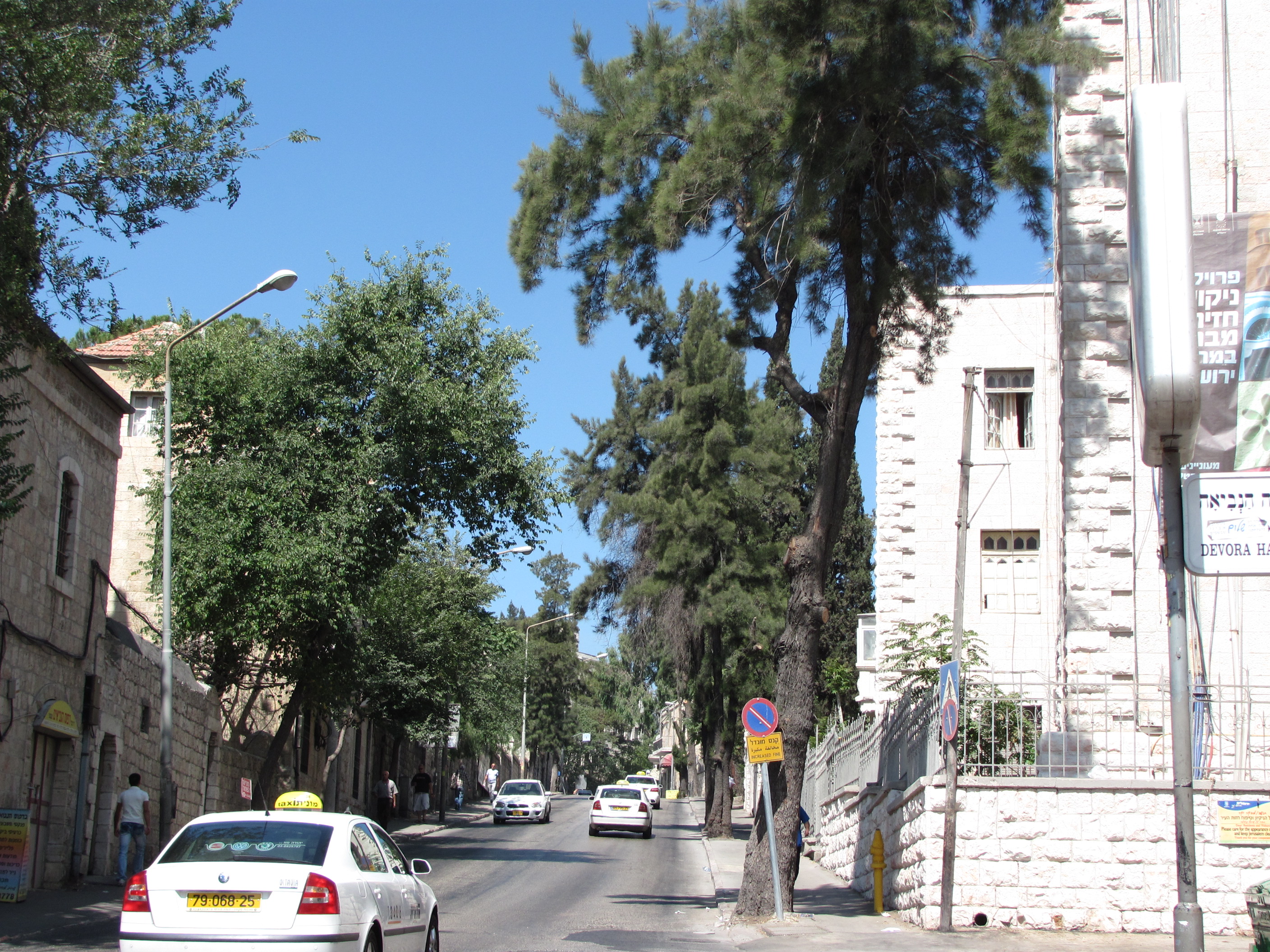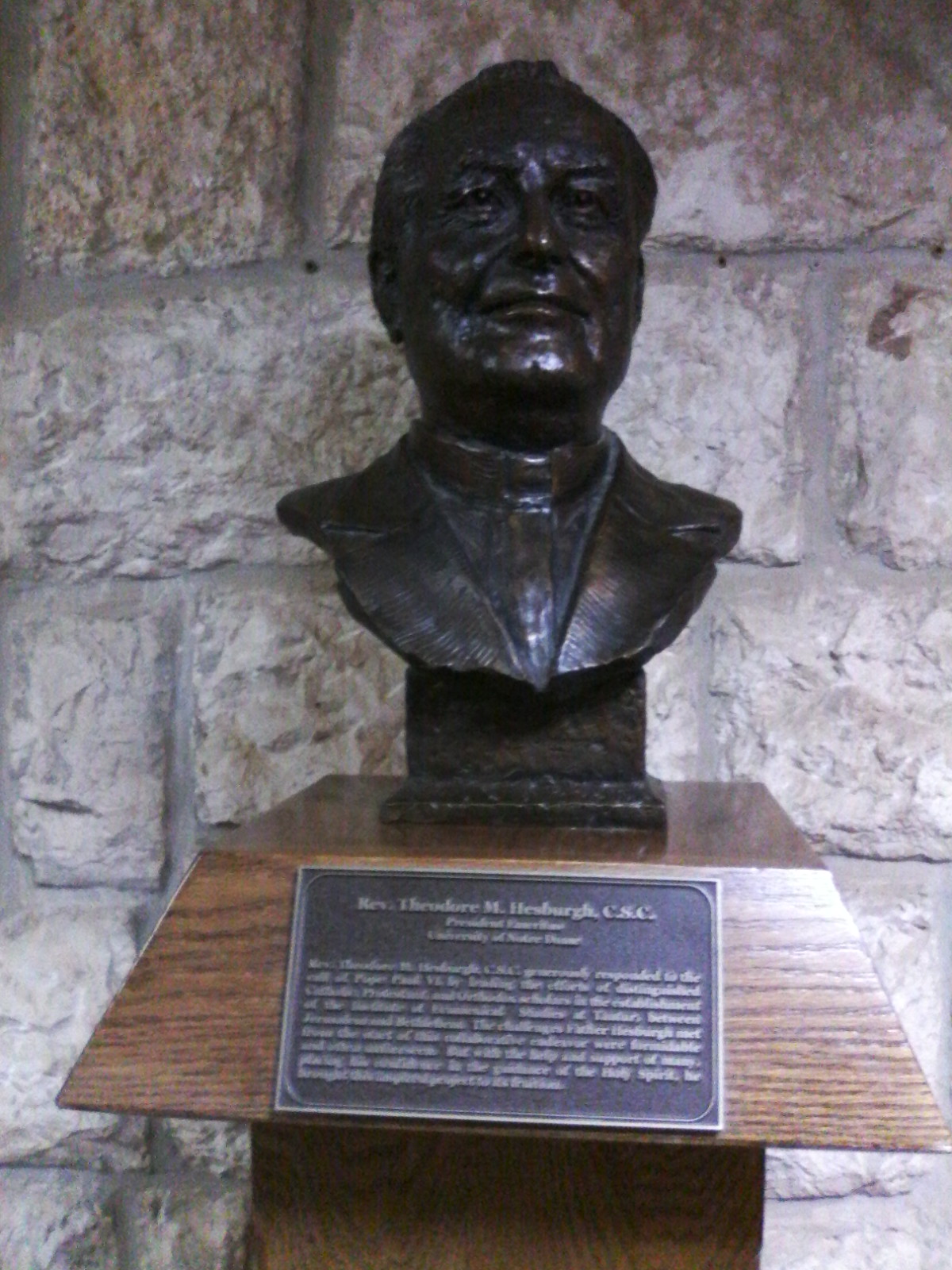|
Swedish Theological Institute
The Swedish Theological Institute (STI) is an institute in Jerusalem supported by the Church of Sweden. Christian students of theology can gain a deeper understanding of Judaism at the Institute, and also of Christianity and Islam. Purpose The institute gives theology students the opportunity to study in a city that has played a central role in three of the world's major religions. The institute provides a place where Christians, Jews and Muslims can meet. It helps to eradicate prejudice against Jews. More recently the institute has gained a greater emphasis on research into subjects such as Christian Zionism. Organization The STI is mostly funded by the Church of Sweden, but gets about one third of its income from tuition fees. It has eleven employees of whom four are Swedish and the remaining seven are locals. The school is closely associated with the Lund University. Professor Jesper Svartvik, who teaches at the institute, is from the university. Student groups from Lund vis ... [...More Info...] [...Related Items...] OR: [Wikipedia] [Google] [Baidu] |
Church Of Sweden
The Church of Sweden ( sv, Svenska kyrkan) is an Evangelical Lutheran national church in Sweden. A former state church, headquartered in Uppsala, with around 5.6 million members at year end 2021, it is the largest Christian denomination in Sweden, the largest Lutheran denomination in Europe and the third-largest in the world, after the Ethiopian Evangelical Church Mekane Yesus and the Evangelical Lutheran Church in Tanzania. A member of the Porvoo Communion, the church professes Lutheranism. It is composed of thirteen dioceses, divided into parishes. It is an open national church which, working with a democratic organisation and through the ministry of the church, covers the whole nation. The Primate of the Church of Sweden, as well as the Metropolitan of all Sweden, is the Archbishop of Uppsala. Today, the Church of Sweden is an Evangelical Lutheran church. It is liturgically and theologically "high church", having retained priests, vestments, and the Mass during the ... [...More Info...] [...Related Items...] OR: [Wikipedia] [Google] [Baidu] |
Education In Jerusalem
Education is a purposeful activity directed at achieving certain aims, such as transmitting knowledge or fostering skills and character traits. These aims may include the development of understanding, rationality, kindness, and honesty. Various researchers emphasize the role of critical thinking in order to distinguish education from indoctrination. Some theorists require that education results in an improvement of the student while others prefer a value-neutral definition of the term. In a slightly different sense, education may also refer, not to the process, but to the product of this process: the mental states and dispositions possessed by educated people. Education originated as the transmission of cultural heritage from one generation to the next. Today, educational goals increasingly encompass new ideas such as the liberation of learners, skills needed for modern society, empathy, and complex vocational skills. Types of education are commonly divided into formal ... [...More Info...] [...Related Items...] OR: [Wikipedia] [Google] [Baidu] |
Conrad Schick
Conrad Schick (1822–1901) was a German architect, archaeologist and Protestant missionary who settled in Jerusalem in the mid-nineteenth century.Perry & Yodim (2004) For many decades he was head of the "House of Industry" at the Christ Church, which was the institute for vocational training of the London Society for Promoting Christianity Amongst the Jews. Biography Conrad Schick was born in Bitz, Kingdom of Württemberg, Germany. At the age of 24, after completing his studies in Basel, he settled in Palestine in October 1846. conradschick.wordpress.com The St. Chrischona Pilgrim Mission at Bettingen sent him out as missionary. When Schick died in J ... [...More Info...] [...Related Items...] OR: [Wikipedia] [Google] [Baidu] |
Old City (Jerusalem)
The Old City of Jerusalem ( he, הָעִיר הָעַתִּיקָה, translit=ha-ir ha-atiqah; ar, البلدة القديمة, translit=al-Balda al-Qadimah; ) is a walled area in East Jerusalem. The Old City is traditionally divided into four uneven quarters, namely: the Muslim Quarter, the Christian Quarter, the Armenian Quarter, and the Jewish Quarter. A fifth area, the Temple Mount, known to Muslims as the ''Haram al-Sharif'', is home to the Dome of the Rock, Al-Aqsa Mosque and was once the site of two Jewish Temples. The current designations were introduced in the 19th century. The Old City's current walls and city gates were built by the Ottoman Empire from 1535 to 1542 under Suleiman the Magnificent. The Old City is home to several sites of key importance and holiness to the three major Abrahamic religions: the Temple Mount and Western Wall for Judaism, the Church of the Holy Sepulchre for Christianity, and the Dome of the Rock and al-Aqsa Mosque for Islam. The ... [...More Info...] [...Related Items...] OR: [Wikipedia] [Google] [Baidu] |
Musrara, Jerusalem
Musrara ( ar, مصرارة, he, מוסררה, also known by its Hebrew name, Morasha, ) is a neighborhood in Jerusalem. It is bordered by Meah Shearim and Beit Yisrael on the north, the Old City on the south, Bab a-Zahara to the east, and the Russian Compound and Kikar Safra to the west. History Musrara was founded by upper class Christian Palestinians residents during the late 19th century, as a part of the " departure from the walls", during which people began living outside the Old City of Jerusalem. During the 1947–1949 Palestine war, the Palestinian residents fled during the fighting or were expelled and not permitted to return to their homes. Musrara remained on the Israeli side of the border between Israel and Jordan. During the early days of Israeli statehood, there was an extreme shortage of housing for the thousands of Jewish immigrants who flooded to Jerusalem. As a result, the Ministry of Housing decided to populate the Palestinian houses with new immigran ... [...More Info...] [...Related Items...] OR: [Wikipedia] [Google] [Baidu] |
Street Of The Prophets
Street of the Prophets ( he, רחוב הנביאים, ''Rehov HaNevi'im'') is an east–west axis road in Jerusalem beginning outside Damascus Gate and ending at Davidka Square. Located to the north of Jaffa Road, it bisects the neighborhood of Musrara. During its heyday in the late 19th century and early 20th century, Street of the Prophets was a favorite address for hospitals, churches, monasteries, hospices, government offices, foreign consulates, and wealthy Christian, Jewish and Muslim residents. Today the street still boasts the same heterogeneous mix of residents and workers, as well as schools, hospitals, churches and government offices. The elegant 19th-century architecture gives Street of the Prophets the appellation of "most beautiful street outside the Old City", while its historic buildings make it the most popular site for guided tours outside the Old City. Etymology Street of the Prophets was established during the expansion of Jerusalem beyond the walls of th ... [...More Info...] [...Related Items...] OR: [Wikipedia] [Google] [Baidu] |
Tabor House (Jerusalem)
Thabor House or Tabor House (''Beit Tavor'' in Hebrew) is a landmark building in Jerusalem, Israel.Rehov Hanevi'im - Around the houses Tabor House was built in 1882 by archaeologist, missionary and architect as a home for his family. The building is located at 58 . The name was taken from |
Lutheran
Lutheranism is one of the largest branches of Protestantism, identifying primarily with the theology of Martin Luther, the 16th-century German monk and reformer whose efforts to reform the theology and practice of the Catholic Church launched the Protestant Reformation. The reaction of the government and church authorities to the international spread of his writings, beginning with the '' Ninety-five Theses'', divided Western Christianity. During the Reformation, Lutheranism became the state religion of numerous states of northern Europe, especially in northern Germany, Scandinavia and the then- Livonian Order. Lutheran clergy became civil servants and the Lutheran churches became part of the state. The split between the Lutherans and the Roman Catholics was made public and clear with the 1521 Edict of Worms: the edicts of the Diet condemned Luther and officially banned citizens of the Holy Roman Empire from defending or propagating his ideas, subjecting advocates of Lutheranis ... [...More Info...] [...Related Items...] OR: [Wikipedia] [Google] [Baidu] |
Christianity
Christianity is an Abrahamic monotheistic religion based on the life and teachings of Jesus of Nazareth. It is the world's largest and most widespread religion with roughly 2.38 billion followers representing one-third of the global population. Its adherents, known as Christians, are estimated to make up a majority of the population in 157 countries and territories, and believe that Jesus is the Son of God, whose coming as the messiah was prophesied in the Hebrew Bible (called the Old Testament in Christianity) and chronicled in the New Testament. Christianity began as a Second Temple Judaic sect in the 1st century Hellenistic Judaism in the Roman province of Judea. Jesus' apostles and their followers spread around the Levant, Europe, Anatolia, Mesopotamia, the South Caucasus, Ancient Carthage, Egypt, and Ethiopia, despite significant initial persecution. It soon attracted gentile God-fearers, which led to a departure from Jewish customs, and, a ... [...More Info...] [...Related Items...] OR: [Wikipedia] [Google] [Baidu] |
Tantur Ecumenical Institute
Tantur Ecumenical Institute is an international ecumenical institute for advanced theological research in Jerusalem. Goals and objectives "No one climbs up to Tantur except to follow a vocation, the same vocation that led on the pioneers of ecumenism. That is the climate in which the research here must develop." (Albert Outler, Tantur, 1972) The mission of the Tantur Ecumenical Institute is to: * To work toward the unity of Christians (ecumenism); * To contribute to positive relations between peoples of the Abrahamic faiths (Interfaith, interreligious dialogue); * To be agent for the reconciliation of peoples in conflict (peacebuilding, especially with respect to the Arab-Israeli Conflict/Israeli-Palestinian Conflict). While the ecumenical mission of Christian unity is the central and core mission of Tantur, its situation in between Jerusalem and Bethlehem give easy context for the second-tier mission areas of interreligious dialogue and peacebuilding. Tantur is as a pla ... [...More Info...] [...Related Items...] OR: [Wikipedia] [Google] [Baidu] |
Hebrew University Of Jerusalem
The Hebrew University of Jerusalem (HUJI; he, הַאוּנִיבֶרְסִיטָה הַעִבְרִית בִּירוּשָׁלַיִם) is a public research university based in Jerusalem, Israel. Co-founded by Albert Einstein and Dr. Chaim Weizmann in July 1918, the public university officially opened in April 1925. It is the second-oldest Israeli university, having been founded 30 years before the establishment of the State of Israel but six years after the older Technion university. The HUJI has three campuses in Jerusalem and one in Rehovot. The world's largest library for Jewish studies—the National Library of Israel—is located on its Edmond J. Safra campus in the Givat Ram neighbourhood of Jerusalem. The university has five affiliated teaching hospitals (including the Hadassah Medical Center), seven faculties, more than 100 research centers, and 315 academic departments. , one-third of all the doctoral candidates in Israel were studying at the HUJI. Among its first ... [...More Info...] [...Related Items...] OR: [Wikipedia] [Google] [Baidu] |





.jpg)

